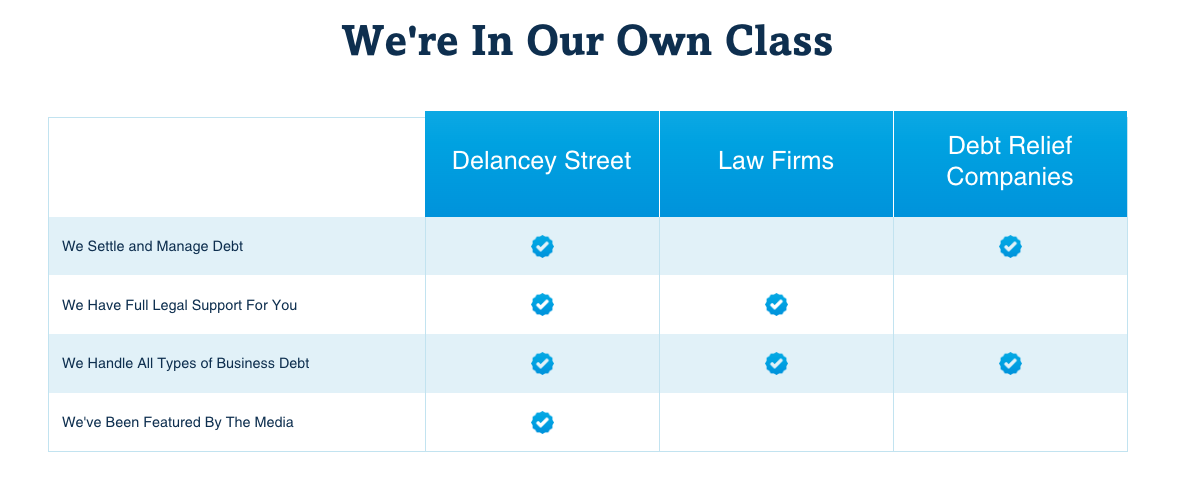The Role of the IMF in Developing World Debt Restructurings
What is sovereign debt restructuring?
Sovereign debt restructuring is the process of changing the terms of debt contracts between a sovereign debtor (a country or government) and its creditors. The goal is to make the country’s debt burden more manageable so it can continue meeting its obligations.
Restructurings typically involve:
 -
-- Extending maturities – Pushing back the dates when principal or interest payments are due
- Reducing interest rates – Lowering the interest rates charged on the debt
- Face value haircuts – Reducing the total amount owed
By easing the debt payment schedule, the country gains fiscal space to invest in growth, jobs, and poverty reduction.
The IMF’s role in debt restructurings
The IMF assists heavily indebted countries through:
- Emergency financing – The IMF rapidly disburses loans to the country to help it avoid defaulting on its debts in the short term. This buys time for negotiations with creditors.
- Policy advice – The IMF provides guidance on macroeconomic policies and structural reforms the country should implement to restore debt sustainability. This can include fiscal consolidation measures.
- Catalyzing private sector involvement – The IMF encourages private creditors to participate in restructurings by clearly signaling the need for debt relief. Private creditors are more likely to accept losses if the IMF is also sharing the burden.
- Monitoring the reforms – Throughout the restructuring process, the IMF closely monitors the country’s progress on policy reforms tied to its lending programs. This accountability encourages the country to stick to reforms.
The IMF justifies its intervention by emphasizing its unique expertise in crisis management and macrofinancial analysis. It also notes its ability to disburse large sums quickly as an international financial institution.
Critics argue the IMF imposes excessive austerity and should take larger losses on its own loans rather than insisting private creditors bear most costs. The IMF counters it must safeguard taxpayer money and maintain its ability to lend to other countries in crisis.
 -
-IMF lending into arrears
Historically, the IMF would only lend to countries that were current on their debt service payments to private creditors. This policy sought to avoid the IMF subsidizing private creditors by effectively lending countries the money to pay back private debts.
However, in the 1980s, the IMF introduced the concept of “lending into arrears”. This means the IMF will lend to countries even if they have fallen behind on payments to private creditors. The goal is to allow countries undergoing necessary debt restructurings to still access emergency IMF support.
The IMF will only lend into arrears under strict conditions, including:
- The country must be negotiating in good faith with creditors on a debt restructuring plan.
- The restructuring plan must restore debt sustainability with high probability.
- The country must implement strong macroeconomic policies and reforms under an IMF program.
By lending into arrears, the IMF enables countries to avoid harsh austerity simply to remain current on unsustainable debts. This removes some pressure on countries during debt crises.
Heavily Indebted Poor Countries (HIPC) Initiative
In 1996, the IMF and World Bank launched the Heavily Indebted Poor Countries (HIPC) Initiative to provide comprehensive debt relief to the world’s poorest countries. As of 2022, 40 countries have received debt relief under HIPC and its successors.
 -
-To qualify for HIPC debt relief, a country must:
- Face an unsustainable debt burden even after traditional debt restructuring.
- Establish a track record of IMF- and World Bank-supported reform programs.
- Develop and implement a Poverty Reduction Strategy Paper (PRSP) analyzing constraints to growth and poverty reduction in the country.
Debt relief under HIPC is coordinated with Paris Club creditors and non-Paris Club commercial and bilateral creditors. Paris Club creditors agree to cancel eligible debt service falling due to them. Other creditors are expected to provide debt relief at least comparable to the Paris Club’s.
As the largest multilateral creditor, the IMF itself commits to reducing debt service owed to it once the country reaches its “decision point”. This occurs after three years of demonstrated policy performance.
 -
-Further debt relief is delivered at the “completion point” when all reforms have been implemented. In total, debt relief from all creditors should bring the country’s debt indicators to sustainable levels and enable an exit from repeated rescheduling.
Challenges with IMF debt restructurings
While the IMF’s interventions have enabled many countries to exit crises, its approach also faces criticisms:
Harsh austerity requirements – IMF bailout packages frequently require sharp budget cuts, tax hikes, wage freezes, subsidy reductions, privatizations, and other “procyclical” policies. Critics argue this austerity worsens recessions.
Democratic legitimacy concerns – The IMF is not an elected body yet exerts great influence over countries by conditioning emergency loans on policy reforms. Critics contend this infringes on countries’ democratic rights to choose their own economic model.
Risks of moral hazard – Some economists warn IMF bailouts and debt relief could generate “moral hazard” by incentivizing future reckless borrowing and lending, if creditors believe they will be bailed out rather than face losses. This could sow the seeds for future crises.
Delays receiving debt relief – HIPC-eligible countries often endure long waiting periods before receiving debt relief as they implement reforms and pass decision points. This delay prolongs economic hardship for poor populations during adjustment.
Vulture funds – So-called “vulture funds” specialize in buying distressed sovereign debt cheaply from other creditors and then suing countries for full repayment plus interest and penalties. They can disrupt good faith restructuring negotiations between countries and most creditors.
Outlook for sovereign debt restructurings
With growing debt vulnerabilities in many emerging market and developing economies, analysts expect more sovereign debt crises and restructurings in coming years. Climate change – which disproportionately harms poorer countries – further threatens debt sustainability for climate-vulnerable nations.
The IMF and global policymakers continue working to make sovereign debt restructuring processes faster, more orderly, and better able to balance creditor rights with economic recovery in debtor countries. Key areas of focus include:
- Improving debt transparency to facilitate constructive restructuring negotiations
- Exploring state-contingent debt instruments that link debt service to the borrower’s ability to pay
- Developing a statutory sovereign debt restructuring framework similar to domestic bankruptcy regimes
- Curbing litigation by holdout creditors through contractual, statutory and financial means
The COVID-19 pandemic provides a test case for some of these reforms as low-income countries restructure debts under a new Common Framework endorsed by G20 countries and the Paris Club. The coming years will show whether these innovations can resolve longstanding challenges with developing world debt crises. The IMF’s adaptable role will remain critical throughout.
Resources
- Overview of sovereign debt restructuring from the IMF: https://www.imf.org/external/pubs/ft/fandd/basics/pdf/debt-restructuring.pdf
- IMF emergency financing instruments: https://www.imf.org/en/About/Factsheets/IMF-Lending
- Study on IMF signaling effect on private creditors: https://www.imf.org/external/pubs/ft/wp/2013/wp13228.pdf
- Criticism of IMF focus on fiscal consolidation: https://www.brookings.edu/opinions/the-imf-and-troubled-countries-not-a-good-mix/
- IMF explanation of lending into arrears policy: https://www.imf.org/external/pubs/ft/series/03/lending.pdf
- Details on Heavily Indebted Poor Countries (HIPC) Initiative: https://www.imf.org/en/About/Factsheets/Sheets/2016/08/01/16/11/Debt-Relief-Under-the-Heavily-Indebted-Poor-Countries-Initiative
- Analysis of austerity impacts during European debt crisis: https://voxeu.org/article/austerity-and-recovery
- Academic paper discussing democratic legitimacy concerns with IMF conditionality: https://www.cambridge.org/core/journals/perspectives-on-politics/article/testing-the-democratic-legitimacy-model-imf-conditionality-and-domestic-politics/F1D40F95B75F2D314B17371CB8C3F29E
- Overview of moral hazard risks in sovereign lending: https://www.piie.com/blogs/realtime-economic-issues-watch/imf-programs-induce-moral-hazard-not-across-board
- Oxfam report critical of delays in HIPC debt relief: https://policy-practice.oxfam.org/resources/the-heavily-indebted-poor-countries-initiative-a-test-of-imf-and-world-bank-115397/
- Examples of vulture funds disrupting restructurings: https://www.cadtm.org/Vulture-funds-feed-on-poverty-and-human-rights-abuses







